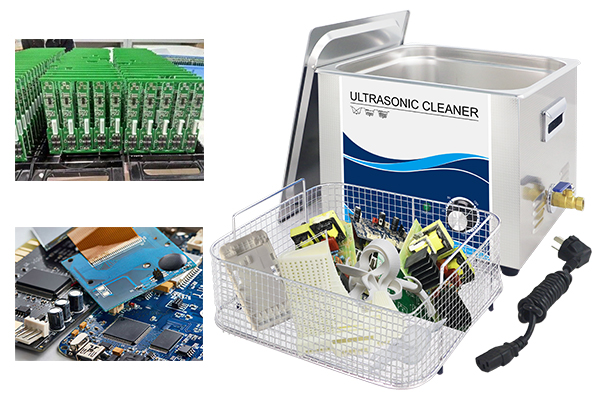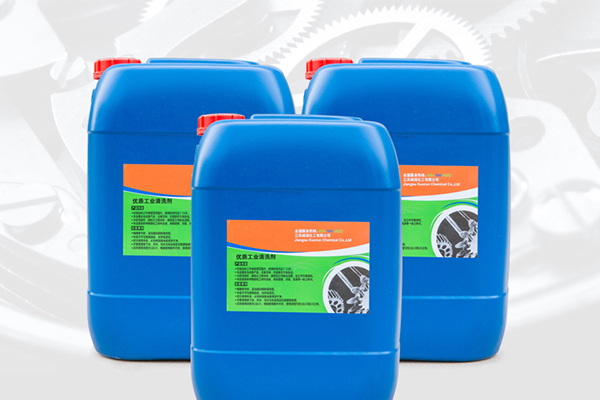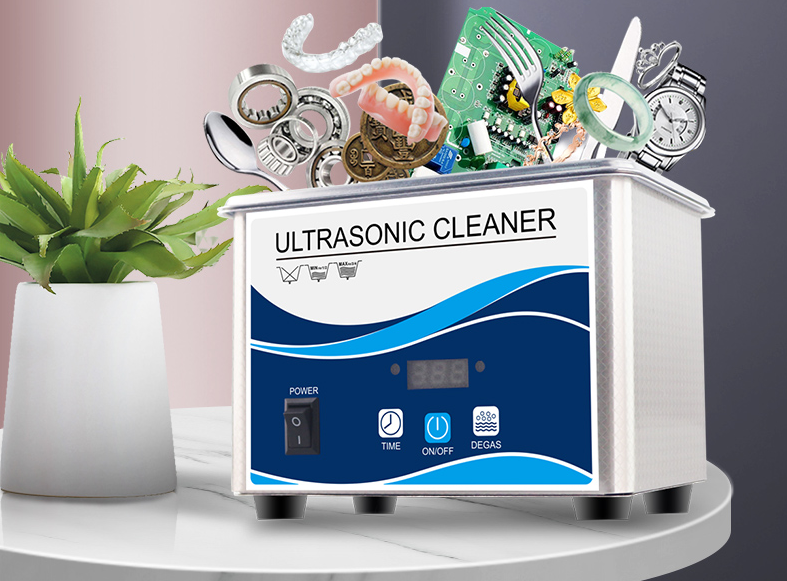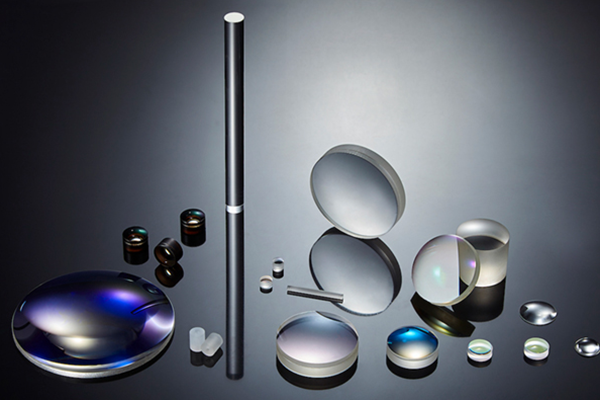Cleaning of electronic components is a crucial step in ensuring product quality and performance in the electronics manufacturing industry. Ultrasonic cleaning machines, as efficient and environmentally friendly cleaning equipment, play a significant role in the cleaning of electronic components.
Importance of Cleaning Electronic Components
During manufacturing and usage, electronic components are often exposed to contaminants such as dust, oil, and solder residue. Failure to clean them thoroughly and promptly can lead to decreased performance, shortened lifespan, or even malfunctions of electronic products. Therefore, cleaning of electronic components is paramount.
Advantages of Ultrasonic Cleaning Machines in Cleaning Electronic Components
Ultrasonic cleaning machines utilize the effects of ultrasonic vibration to generate microbubble implosions and cavitation in the liquid, creating high-intensity impact and cutting forces. This process effectively removes stubborn contaminants like oil and solder residue from the surfaces of electronic components. The advantages of ultrasonic cleaning machines in this context include:
Efficiency and Thoroughness: Ultrasonic cleaning machines can completely remove contaminants from the surfaces and tiny crevices of electronic components, ensuring thorough cleaning.
Non-contact Cleaning: During the cleaning process, electronic components do not need to come into direct contact with cleaning agents, avoiding the risk of damage that mechanical cleaning may pose and preserving the integrity of the components.
Environmentally Friendly and Energy Efficient: Ultrasonic cleaning machines typically use water-based or biodegradable cleaning agents, which do not generate pollution, meeting environmental requirements. Moreover, the cleaning process does not require heating, thus saving energy.
Wide Applicability: Ultrasonic cleaning machines are suitable for various types of electronic components, including circuit boards, chips, connectors, sensors, etc., offering a broad cleaning range.
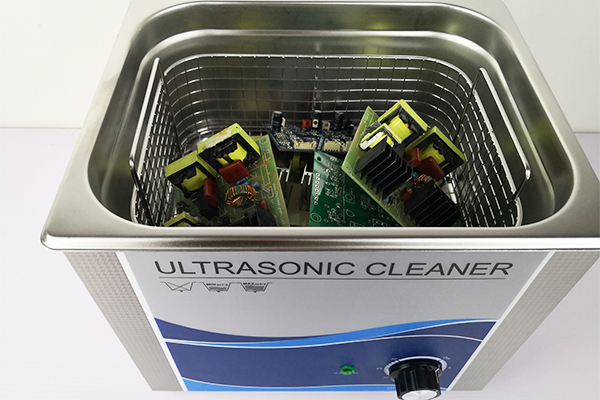
Cleaning Process of Electronic Components with Ultrasonic Cleaning Machines
Prepare Cleaning Solution: The type of cleaning solution used in the ultrasonic cleaning machine depends on the type of electronic components and the nature of contaminants. Typically, water is used, but additives such as deionized water, detergents, or degreasers may be added.
Place Electronic Components into the Cleaning Machine: Place the electronic components to be cleaned into the cleaning tank of the ultrasonic cleaning machine, ensuring they are positioned appropriately without touching each other.
Start Cleaning: Inject the cleaning solution into the cleaning tank of the ultrasonic cleaning machine, and activate the ultrasonic generator to initiate the cleaning process.
Cleaning Time: The cleaning time usually depends on the type of electronic components and the nature of contaminants. Generally, the cleaning process can be completed within a few minutes.
Rinse and Dry: After cleaning, remove the electronic components from the cleaning solution, rinse them thoroughly with pure water to ensure complete removal of residues, and then dry them using an oven or other drying equipment.
Precautions:
Some components or coatings may be sensitive to water, such as certain types of electronic components, special coatings, or encapsulation. Before using water washing, be sure to check whether the circuit board and its components can be safely washed with water. Additionally, ensure the use of appropriate cleaning agents and processes to avoid damaging the circuit board or components.

